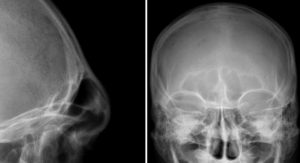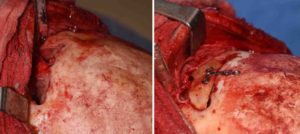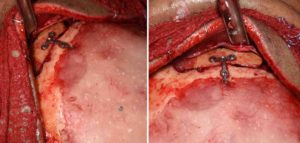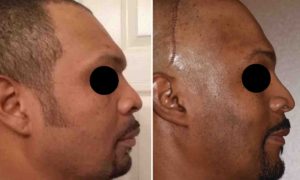Background: The presence of a discernible brow bone is a classic male forehead feature. The existence of a brow bone break, where the edge of the underlying frontal sinus development stops and the flatter forehead begins, is what separates men from most females. How significant this brow bone break should be in men, which is a reflection of the overall size of the brow bones, is an function of individual aesthetic preference.
In larger brow bones that are judged to be excessive or not anesthetically pleasing, a facial appearance is often created of an angry or unhappy individual. Strong brows may be masculine but too strong of a brow is associated with a hypermasculine or ‘Neanderthal’ type appearance.
When assessing large brow bones in men the shape of the forehead above must also be considered. Men naturally have a more backward slope to their forehead than women but any backward angulation that is associated with greater than a 10 to 20 degree angle is too much. In the presence of excessive brow bone protrusion, each has a synergistic negative effect. The brow bone protrusion makes the forehead slope look more severe and vice versa. Whether one should correct the slope of the forehead at the same time as a brow bone reduction can be determined preoperatively by computer imaging.




Highlights:
1) Excessive male brow bone protrusion is often accompanied by a significant backward sloped forehead. Each making the other looks worse.
2) The combination of of brow bone reduction by bone flap setback and forehead augmentation provides the most effective total forehead reshaping procedure.
3) When combining forehead augmentation with open brow bone reduction, care must be taken to not encroach the bone cement near an open healing frontal sinus.
Dr. Barry Eppley
Indianapolis, Indiana



